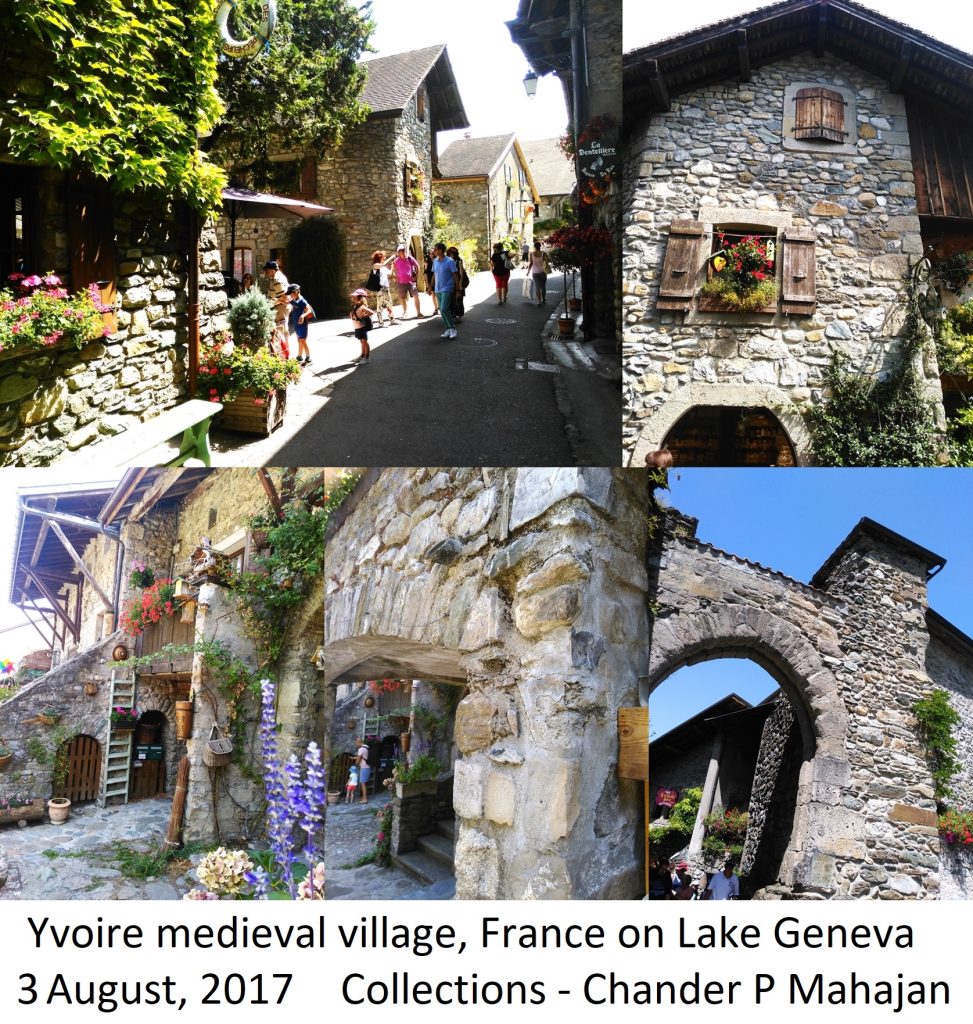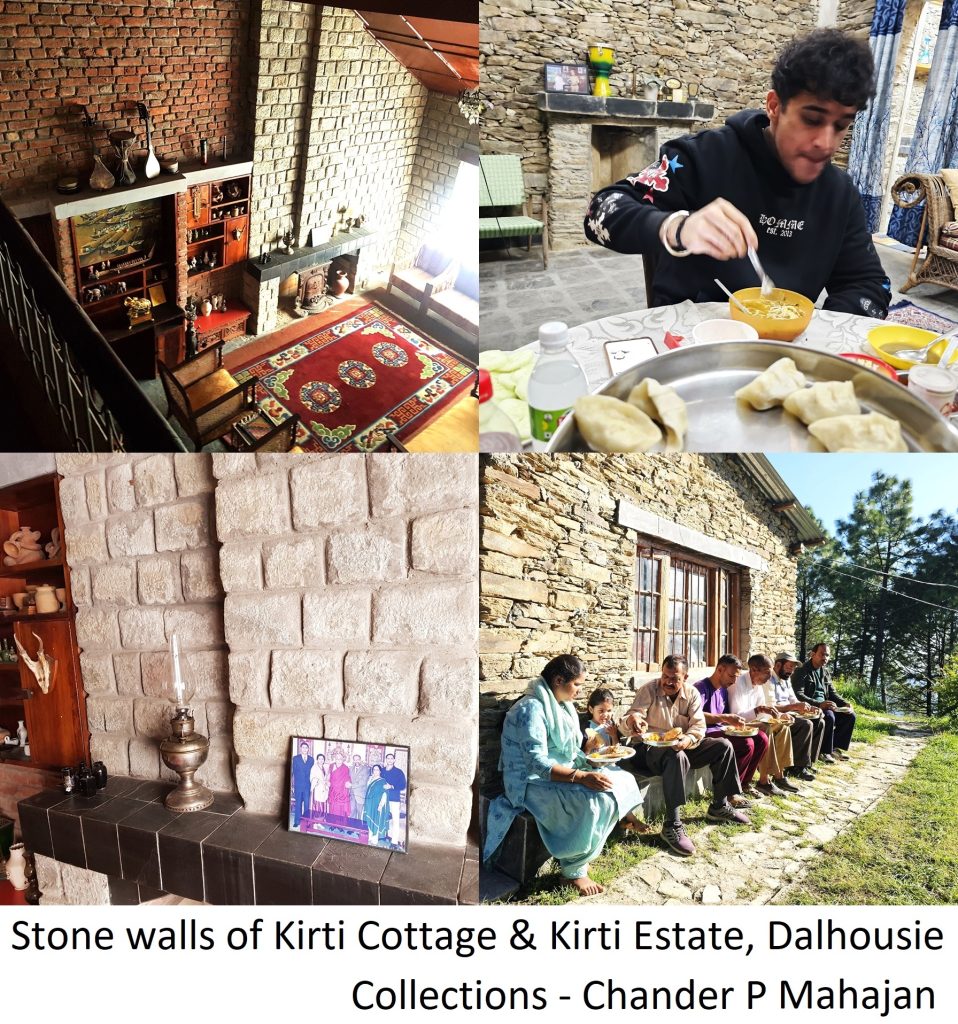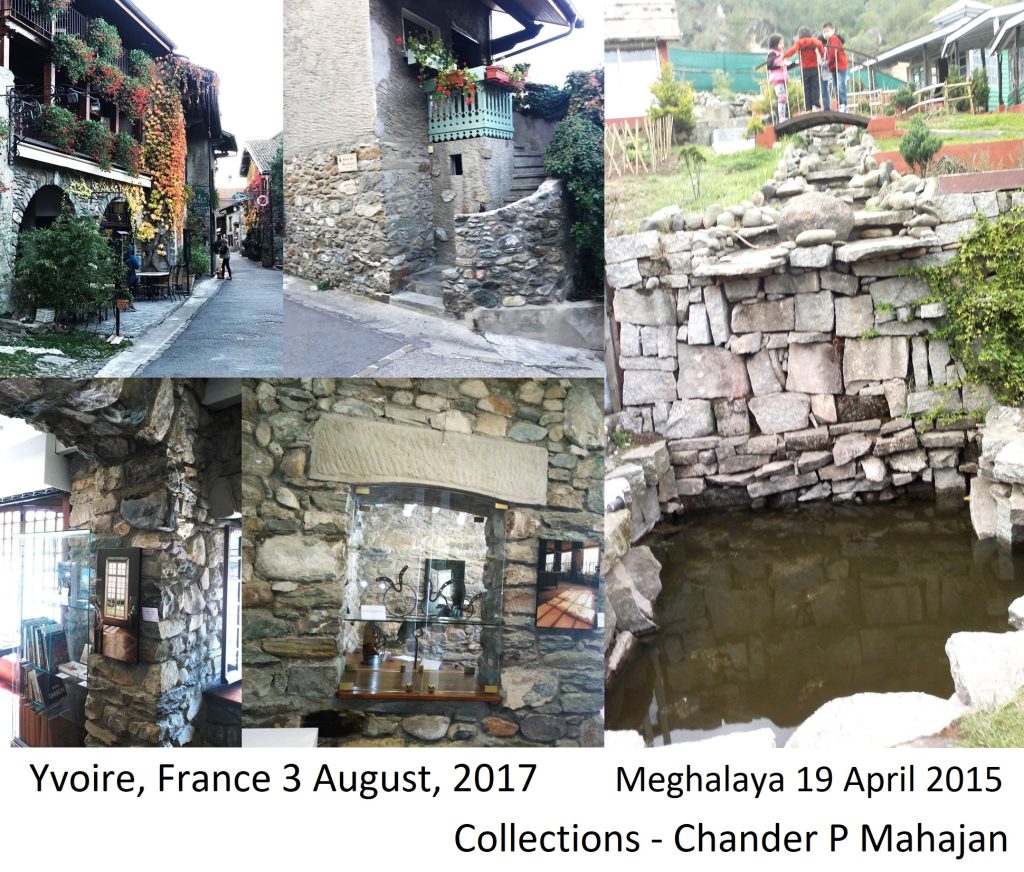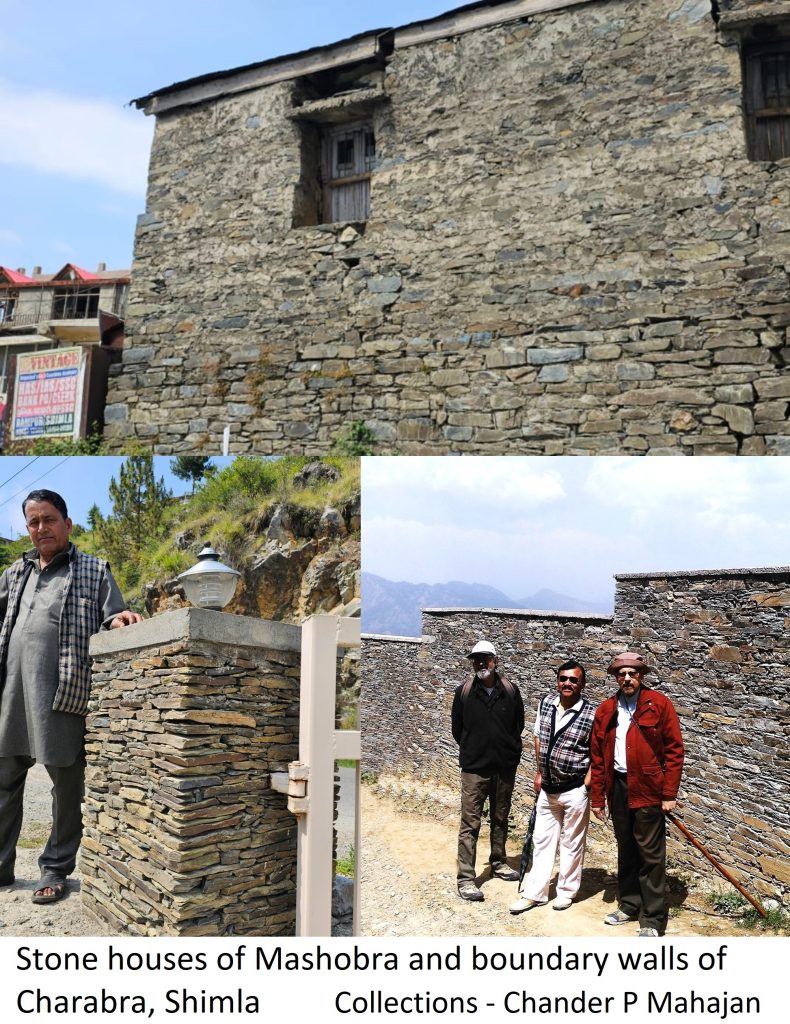I like sculpting stone; a hobbyist, not a sculptor so to speak. Long ago, Javed, the artist, procured me a piece of stone from Rajasthan that stays unfinished in ‘Ghari Studio’.

While in Scandinavia way back in 1983, I observed a rich geological landscape with various types of stone, including granite, limestone, and slate. These materials played a significant role in history and culture. Stone circles and other megalithic structures served ceremonial, religious, or astronomical purposes.
In China, Switzerland as also in France, I was fascinated by their creations in artful stonework. In England, Germany – Brazil where ever I had been; the stone getup remained in focus.
Pictographs have been placed onto the rock faces across much of the world.
Various cultures have used stones as a form of currency. Rai stones have been used in rare important social transactions. Many are placed in front of meetinghouses, around village courts, or along pathways.
- Stone is an important material for the sustainability and versatility. The commodity is recyclable and can be reused, reducing the need for new resources. Non-porous stone is easy to clean.
- Natural stone with its variations in colour, pattern, and texture stimulates me and is Imagination-provoking. It can be used in a variety of ways, including ornamental features. It is strong and decent in appearance.
Stone is a long-lasting material and is recyclable. It has long been recognized as a material of great durability and superior artistic quality, the foremost choice for buildings associated with status, power and religion.
- There are huge variations within the rocks, caused by specific mineralogy and geology conditions that make the stones suitable for different purposes.
The earliest form of stone construction is the dry stone or dry stacking. These are free
standing structures that use irregularly shaped stones carefully selected and placed so that they fit closely together without slipping. Highly sturdy and easily repaired, they allow water to drain through them, without causing damage to the stones. It is only the skill of the craftsman in choosing and placing the stones.
- Sandstone Offers a range of colours and is relatively easy to work with, Slate is known for its fine grain, and that is what adorns ‘Kirti Estate’. Mortar is hardly used in the joints, but some small pieces of stone mixed with cement work as fillers to improve structural integrity, besides finishing and binding. Here mud has sparingly been used as a binding agent, but only above the plinth level.
- On the other hand, natural stones of Bakloh are dressed into blocks, to construct ‘ashlar masonry’ with cement mortar.
The strength is the quality and accurate dressing of the stones that are well-bonded in the walls. It is the skill and craftsmanship that is reflected in ‘Kirti Cottage’.
It is necessary to keep the masonry work damp until the mortar has set and hardened after proper curing. Stones should also be wetted before being installed in a wall, as a dry stone absorbs moisture from the mortar, weakening it. The axial and central loading on the masonry sections may be balanced; possibly avoiding tensile stresses.
- The origin of the Stone Age coincides with the discovery of the oldest known stone tools, which have been dated to some 3.3 million years ago.
- The pyramids in Giza, burial chambers in the UK, and temples in Malta were all built from stone over 4000 years ago and are still standing.
Egyptian pyramids were built as tombs for pharaohs and were symbols of their power and divine status. The largest granite ‘boulders’ in the pyramid, located above the “King’s” chamber, weighed between 25-80 tons each.
The use of stone in construction has declined over the years, but it stands as a distinct material.
Traditional stone masonry is rarely used today, because stone is expensive to quarry, cut and transport, and the building process is labor and skill-intensive. Instead, most modern stonework utilizes a coating of stone, the veneer. Thin flat pieces glued against a wall of concrete blocks; I call them the ‘peels’. That is ‘stone cladding’.
Prof. (Er.) Chander P Mahajan is an art critic & a free lance journalist. The Environmentalist stays in Shimla and Dalhousie, Himachal Pradesh, India.







